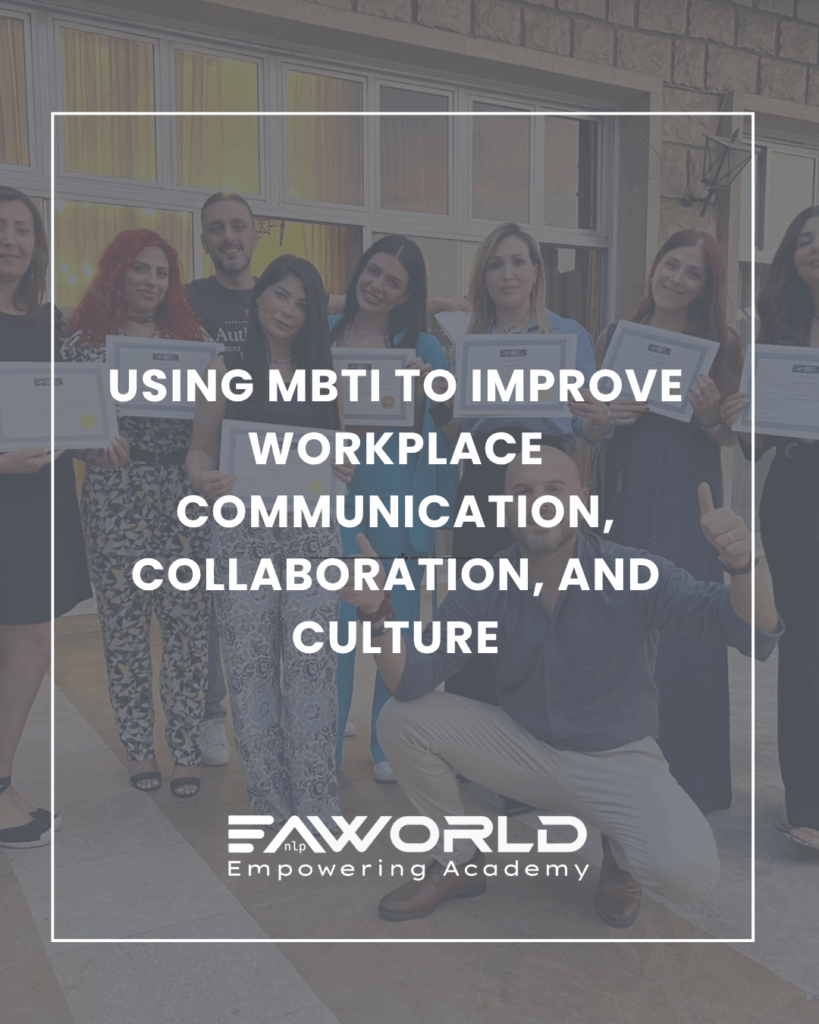
Organizational success depends heavily on effective communication, strong team collaboration, and a healthy workplace culture. These human-centered elements require more than guesswork or intuition—they demand clarity and self-awareness. The Myers-Briggs Type Indicator (MBTI) assessment has emerged as a scientifically grounded tool that empowers companies to decode these interpersonal dimensions and create high-functioning environments rooted in understanding and trust.
The Science Behind MBTI and Why It Matters
The MBTI framework is based on Carl Jung’s psychological type theory and divides personalities into 16 types derived from four dichotomies: Extraversion (E) vs. Introversion (I), Sensing (S) vs. Intuition (N), Thinking (T) vs. Feeling (F), and Judging (J) vs. Perceiving (P). These combinations offer rich insights into how individuals process information, make decisions, manage time, and engage with others.
In corporate settings, these insights translate into practical applications. MBTI provides a shared language that helps managers and employees identify communication preferences, build empathy, and resolve conflict. Rather than interpreting behavior through assumptions or bias, leaders are equipped to navigate diversity in working styles with precision.
Enhancing Communication Through Personality Awareness
One of the primary benefits of MBTI assessments is the improvement of communication strategies across departments. For instance, team members who lean toward Thinking (T) may prefer direct, data-driven dialogue, while those with a Feeling (F) preference value empathetic and people-oriented exchanges. Without this awareness, miscommunication is inevitable. MBTI allows organizations to train teams to adapt their messaging styles based on who they are communicating with—creating an environment where everyone feels heard and understood.
HR professionals and managers use MBTI assessments to reduce friction between colleagues, especially during performance reviews, cross-functional projects, or change initiatives. Communication becomes less reactive and more strategic, laying the foundation for organizational cohesion.
Building Collaboration Through Complementary Strengths
High-performing teams are built on complementary skills and personalities. MBTI assessments offer a blueprint for assembling teams with a balance of visionaries (Intuitive types), executors (Judging types), strategists (Thinking types), and harmonizers (Feeling types). When organizations intentionally compose teams based on these dynamics, collaboration becomes more seamless.
Additionally, MBTI creates awareness around stress triggers and coping mechanisms. Knowing how a colleague responds under pressure empowers teammates to offer the right support, reducing conflict and increasing collective resilience. As a result, teams become not just more productive, but more compassionate and psychologically safe.
Shaping a Culture of Empathy and Growth
Workplace culture is often intangible, but MBTI makes it more measurable. When employees understand and appreciate their own and others’ personality types, they are more likely to engage in respectful dialogue, embrace diversity of thought, and practice inclusive leadership. This leads to a shift from tolerance to genuine collaboration.
Organizations that integrate MBTI into their leadership development and coaching programs report stronger alignment between personal values and company vision. Leaders become more self-aware, emotionally intelligent, and better equipped to nurture their teams. A culture grounded in personality insight fosters high retention, strong morale, and a consistent brand identity from the inside out.
Why MBTI Is a Strategic Tool for HR and L&D Professionals
Talent leaders and HR consultants are increasingly relying on MBTI to guide recruitment, onboarding, conflict resolution, and succession planning. It is particularly effective in:
- Designing employee engagement programs based on motivational drivers.
- Reducing attrition by aligning personality with job role and manager style.
- Facilitating change management through personalized communication.
Moreover, MBTI data contributes to a long-term learning and development roadmap. It allows companies to customize training experiences that resonate with different learning preferences and leadership styles, driving better retention and application.
- Designing employee engagement programs based on motivational drivers.
How EANLPWorld Leverages MBTI for Organizational Excellence
At EANLPWorld, MBTI is more than an assessment; it is a strategic pathway to organizational transformation. Our certified practitioners integrate MBTI evaluations into leadership coaching, team-building workshops, and executive development programs. Each session is customized to the company’s culture, team structure, and strategic objectives.
We don’t stop at profiling. We facilitate reflection sessions, deliver interactive feedback debriefs, and map out action plans that align personality insights with real-world goals. Our MBTI-based programs empower teams to:
- Navigate complex communication scenarios with confidence.
- Build inclusive and high-functioning teams.
- Transform culture through empathy and psychological safety.
In an increasingly hybrid and cross-cultural work environment, the ability to understand, connect, and lead diverse personalities is a business imperative. MBTI assessments bring clarity to the complexities of human interaction and unlock hidden potential across all levels of an organization. By investing in this tool with the expert support of EANLPWorld, companies can bridge communication gaps, enhance collaboration, and cultivate a culture where people thrive—and where performance follows.
Ready to turn personality insights into strategic outcomes? EANLPWorld is your partner in building resilient, emotionally intelligent, and communication-driven workplaces.

